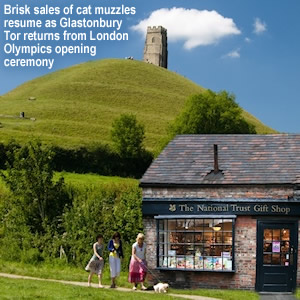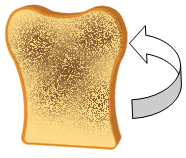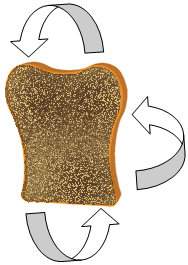It must be something to do with geological features in the United Kingdom that so many harbour ancient myths about terrifying creatures that lurk in darkness – take for example the Loch Ness Monster and the Wookey Hole Gerbil.

1755 postcard from Glastonbury perpetuating the myth of The Ultrabeast
Visitors to Glastonbury Tor have long avoided the northern slopes, covered in ancient woodland, and known locally as The Forest Of The Ultrabeast – a name censored for many years from the guidebooks provided by the Glastonbury Tourist Information Centre.
Folklore has it that since mediaeval times a dangerous creature much like Bigfoot (albeit with feet sized more appropriately for the local environment) has lurked in this deeply wooded area. It was only when electric street lighting was introduced in Glastonbury in the 1960′s that a night-time curfew was finally lifted. But mention of the Ultrabeast still strikes fear into nervous local residents.
We talked to Uther Henge, the Chief Mystical Consultant for the National Trust stationed permanently at the gift shop at Glastonbury Tor who has been tasked with supervising the logging operation; “Coppicing is a traditional system of woodland management that takes advantage of the fact that many trees make new growth from the stump or roots if cut down. In a coppiced wood, young tree stems are repeatedly cut down to near ground level. What we hope is that by lowering the height of these ancient trees the Ultrabeast, if he exists, will be deprived of his natural cover. The other great benefit is that we’re now able to clear the way for the A361 bypass that will ease congestion in the middle of Glastonbury.”







